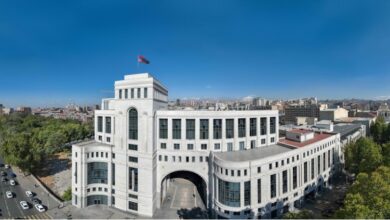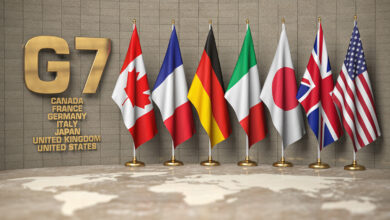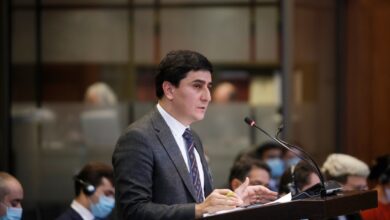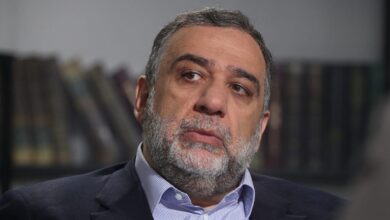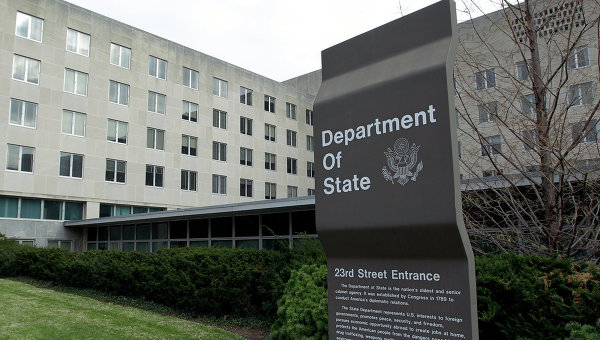
An International Monetary Fund (IMF) mission led by Mr. Mark Horton visited Yerevan during September 5-18 to conduct initial discussions on a possible new IMF arrangement with Armenia. The mission met with Prime Minister Tigran Sargsyan, Minister of Finance David Sargsyan, Central Bank Chairman Artur Javadyan, Minister of Economy Vahram Avanesyan, Minister of Energy and Natural Resources Armen Movsisyan, Minister of Transport and Communications Gagik Beglaryan, Minister-Chief of Staff of the Government Vache Gabrielyan, and Chief Adviser to the President Aram Garibyan, as well as other senior government officials, representatives of the international community, and the banking and business sectors.
At the conclusion of the visit, Mr. Horton issued the following statement:
“Discussions were productive and there was progress on policies and actions for the rest of 2013 and 2014-16. Further discussions are expected in Washington, DC, during the Annual Meetings of the IMF and the World Bank in October.
“Activity is moderating in 2013, from the rapid pace of 2012 reflecting weaker external demand, including from regional economies, a tighter-than-expected fiscal position, and slower credit growth. The increase in gas and electricity prices in July is likely to slow activity. Growth is expected to be below 4 percent in 2013, but to rise gradually to 5 percent in the medium term, predicated on strong structural reforms, greater regional integration, and enhanced public, private, and foreign investment. Higher food and energy prices have driven inflation above the central bank’s (CBA’s) target band (4±1.5 percent). Inflation is likely to remain elevated for the next few months, but return to the target range in 2014, reflecting Armenia’s well-anchored inflationary expectations and the CBA’s recent increase of the policy rate.
“The fiscal deficit in 2013 is likely to be below 2 percent of GDP, compared with 2.6 percent in the budget. Revenues are expected to meet the budget targets, but spending will be lower, although outlays have picked up in the second half of the year. The mission discussed the 2014 budget proposal, emphasizing the need to keep the deficit near the debt-stabilizing level of 2 percent of GDP, and assessing prospects to strengthen tax collections further, to provide funding for additional capital and social spending. The mission stressed that wage and pension increases need to proceed at a pace consistent with efficiency gains in the public sector, fiscal sustainability, and adequate provision for capital outlays, as well as attention to impacts on inflation, private sector wages, and unemployment.
“External adjustment has picked up this year. This is the result of the healthy expansion of exports, led by mining and agro-processing, resilient remittances, and a modest rise of imports. The CBA has been able to build up reserves this summer and limit upward pressures on the dram. The current account deficit is projected to decline further in 2014-16, reflecting lower gas prices and continued strong export growth, supported by gains in the Russian market, structural reforms, harmonization with EU standards, greater air connectivity, and infrastructure improvements.
“Structural reforms have continued, and future measures should aim to further improve the business climate, openness, competitiveness, and diversification, while addressing important risks. Key areas include: regulatory and inspection streamlining, domestic competition, customs administration, banking sector and pension fund supervision, civil aviation, and the energy sector. The mission held preliminary discussions on the implications of Armenia’s membership in the Eurasian Customs Union for external tariffs, trade, and investment.
“The mission would like to thank the Armenian authorities for their excellent cooperation and hospitality.”


